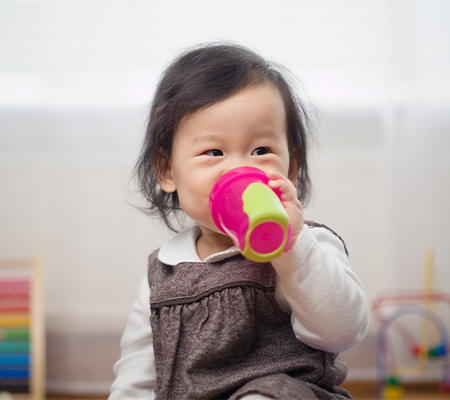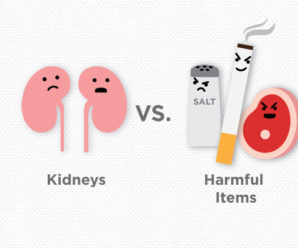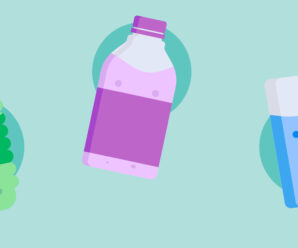Your baby turned a year old, and goes from an infant to toddler in what seems like seconds. With those changes, comes so many fun opportunities to learn and grow. One of those opportunities involves eating solid foods and drinking from a cup.

At around six months, your child began to have solid foods. Dr. Ann Novak, Marshfield Children’s pediatrician, explains this also is great time to introduce a cup.
“Although most of the water will end up on the floor, it’s a great time to allow them to explore,” she said. “Once your child understands the mechanics of drinking from a cup, you can transition from bottles to cups or sippy cups more over time.
Reasons to lose the bottle
According to the American Academy of Pediatrics (AAP), bottles should be phased out between 12 and 24 months of age. Novak said continued bottle use can lead to tooth decay and cavities. Additionally, a bottle can cause children to drink more milk than needed due to carrying it around during the day.
Your toddler only needs to drink when they are thirsty or with meals. Novak recommends working on transition from a bottle when your child turns one.
One bottle at a time
For example, if you give your toddler a bottle in the morning, noon and nighttime, Novak recommends changing the mid-day bottle to a cup at first for one week, then over the second week, transition another bottle to a cup, and third week and so on.
“Straight to a regular cup is best, but impractical for parents who are cleaning up all the time,” she said. “I think best to offer the open cup at meals and then offer a sippy cup with a hard spout or a straw rather than a soft spout at other times of the day.”
Milk, water and other liquids
Children at one year still need milk with a high fat content to support healthy brain growth and development. Novak recommends about 16 ounces of whole milk daily. However, more than 24 ounces could cause health problems, including iron deficiency and constipation.
“If infants are overweight or gaining weight rapidly after one year, your pediatrician may recommend 2%, although typically not 1% or skim until after age 2,” she said.
After age two, juice can be introduced as a treat or sweet drink. However, Novak said limit juice drinks to 4 ounces per day or less frequently.
Give yourself grace
Transitioning from a bottle can take up to six months. Parents can take their time discontinuing the bottle and work at their child’s pace.
“One-year-olds can be stubborn and it can take some time for the transition from bottle to cup, but stick with it,” Novak said. “As a pediatrician, we are here to help answer your questions.”
Schedule your well-child visits as recommended and talk to your child’s provider if you have further questions about any transitions or growth milestones.







Leave a Reply